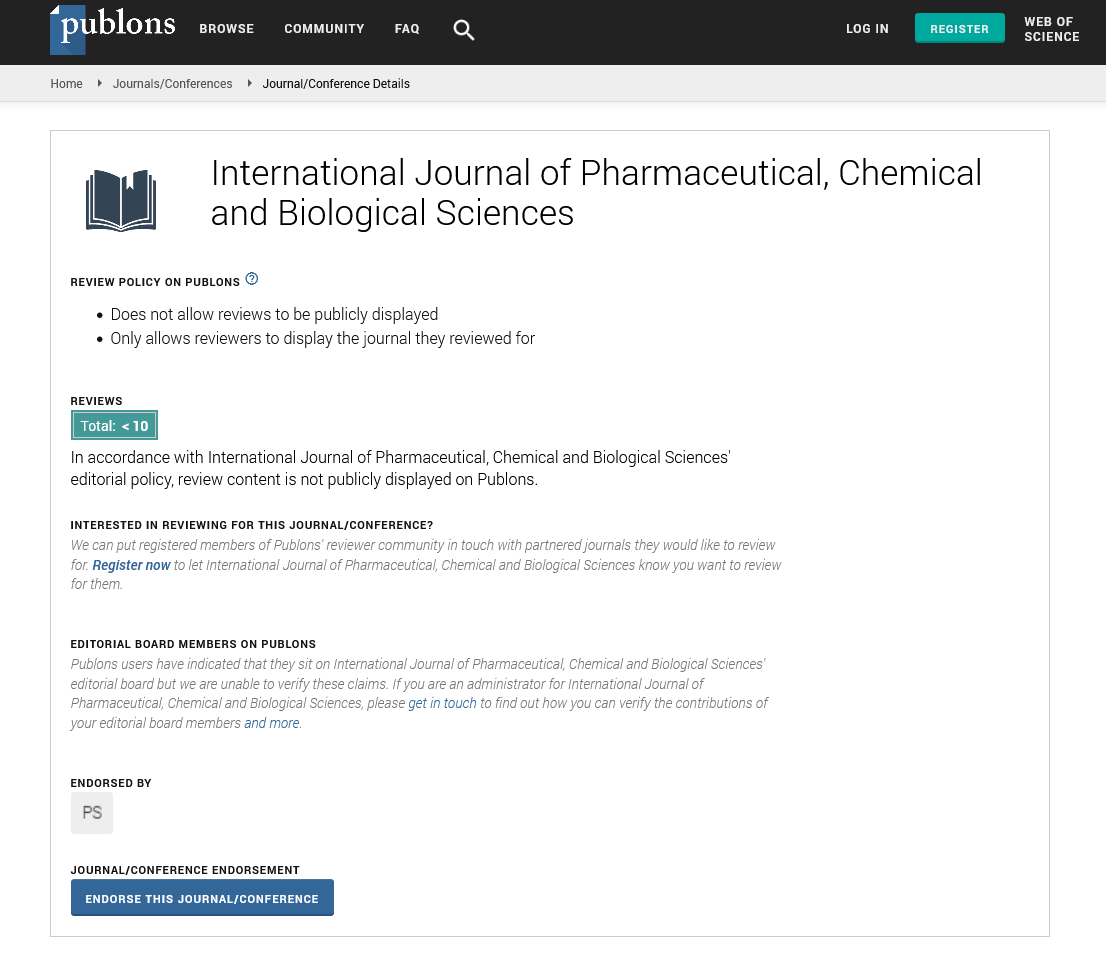Abstract
Author(s): 1Roshni PR*, Remya Reghu, Meenu Vijayan and Surya Krishnan
With increasing use of antimicrobial agents and advance in lifesaving medical practices which expose the patients for invasive procedures, are associated with the ever increasing of nosocomial infection. Despite an effort in hospital infection control measures, health care associated infections are associated with significant morbidity and mortality adding additional health care expenditure which mayleads to an economic crisis. The problem is further complicated with the emsergence of difficult to treat multidrug resistant (MDR) microorganism in the hospital environment. Virtually every pathogen has the potential to cause infection in hospitalized patients but only limited number of both gram positive and gram negative bacteria are responsible for the majority of nosocomial infection. Among them Staphylococcus aureus, Escherichia coli, Pseudomonas aeruginosa and Enterococci takes the leading. Many intrinsic and extrinsic factors predispose hospitalized patients for these pathogens. Hospital-acquired infection can be prevented to a large extent by implementing three sets of precautions: (1) standard safety precautions, (2) transmission-based precautions and (3) special precautions. Many antimicrobial agents are available today and antibiotic therapy should theoretically be chosen when the infecting organism and its susceptibility has been established in a given infection.

